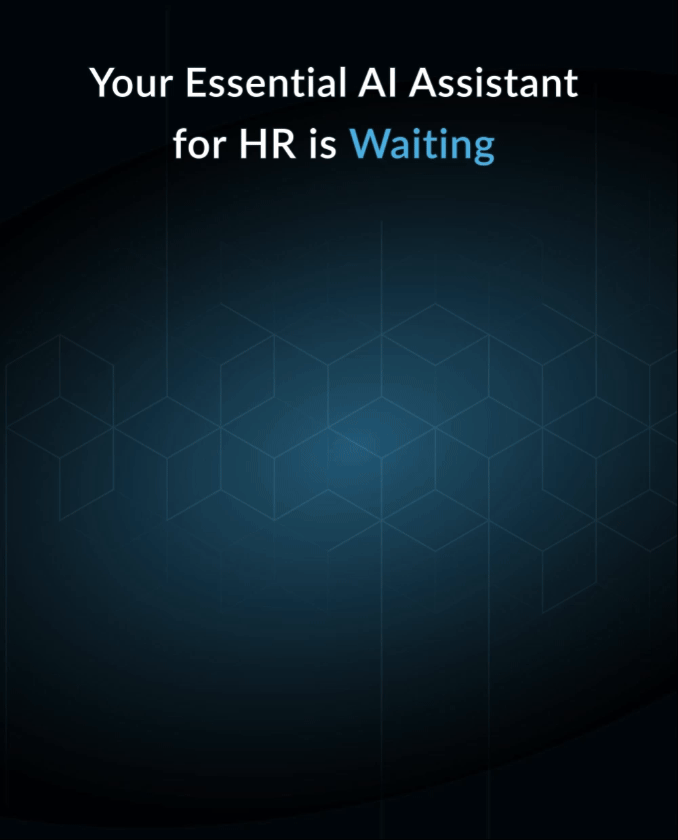Fixing Your Job Architecture: A New Business Imperative
One of the most devilish problems in business is building and maintaining your job architecture. While it may sound geeky, it’s very important and it is much harder than you think.
Consider the enormous transformations taking place in the economy. Every job is being automated, enhanced, and changed by technology. Companies are moving into new business models, people are working in agile teams, and more and more people work at home with less direct supervision. How do you design your entire lattice of jobs so they make sense, they’re efficient, and they’re all up to date?
And when you recruit, promote, or move people from role to role – how do you define the job requirements, the skills needed, the levels, and the pay? These are big strategic questions and great companies do this well.
Well in this day of global transformation (25% of Americans changed careers this last year), this topic has taken on epic importance. CHROs and CIOs are redefining their job architectures everywhere, and every line manager and HR technologist is dealing with this on a daily basis. The core problem comes down to Organization Design, an area we are studying now (join us here). But for this article let me explain what’s going on.
First, your job architecture has to be clear and simple.
Companies are like your drawers at home: they get more cluttered over time. Every time a manager hires someone he or she creates a “job” and puts on a bunch of responsibilities they need. Over time your company has 20 different job titles which all equate to “analyst,” or eleven different “marketing managers,” dozens of “project managers,” and more.
I remember talking with Yelp about this in their engineering department, which of course has database engineers (back-end), application developers (mid-tier), front-end developers (user interface), designers, and even “full-stack” engineers (who know the whole stack). They gave up trying to make sense of all this and they call every engineer an “Engineer.” They have levels and responsibilities, but the job titles are totally fungible. This lets them move people around without all these headaches.
If you don’t simplify the architecture you end up with tons of problems:
- Too many people doing the same thing in different places (BNY Mellon just consolidated 3,000 positions into streamlined families and found 7-15 job titles doing the same thing all over the IT and operations teams)
- Inability to move people around (roles are not clear so people cant figure out what a job really is)
- Difficulty creating a global skills inventory (who can tell what people know when everyone has their own personal job title?)
- Challenges with pay equity and job mobility. One tech company told me their talent mobility is stalled because “nobody will take a new position unless they get a promotion.” They had 65 different levels in the company (and have now moved down to about 20).
Second, you have to consolidate positions into “Guilds” or “Professional Groups.”
Roles like engineering, marketing, sales, and even HR have “professional capabilities” and these capabilities should be clearly defined and owned by a “capability leader” in the company. This person used to be the “VP of Engineering” but you can make it whoever you want. The purpose of this role is to keep track of the skills and technologies people really need, and then make sure all the “circles” of people in that functional area (who may report to other groups) know where they fit in the career model.
Marketing is a great example. There used to be “direct mail marketing” and “lead gen” and “email marketing” and “social media marketing.” Now there’s “growth marketing” and “demand gen” and “marketing ops” and “marketing analytics.” These new job titles reflect major changes and maturity of the function as well as new technologies in the market. If someone doesn’t look at these changes you may have one business unit with old titles and another with new ones. And of course, you can’t standardize process, tools, development, or job sharing.
The Guild “leader” is a very important role. This is typically a seasoned expert or professional who knows the function and can sponsor skills and career programs in the domain. We call these “Capability Academies” and I still think they’re one of the most important trends in HR. (Read more about Guilds here.)
Third, you need an AI and data platform to stay current.
This week Eightfold.ai announced its Job Intelligence Engine, a toolset and real-time data system that lets you look at all the jobs in the world for a given function and figure out who, in your company, is doing the same thing under different job titles. The Eightfold engine is pretty amazing. BNY Mellon, for example, has consolidated 3,000 IT and operations jobs in only 6-8 weeks using this system and is now planning on consolidating and rationalizing all 31,000 such jobs by year-end. The typical ERP systems like Workday, Oracle, and SAP really don’t have tools for this, so they leave it up to you. (Companies like SkyHive are also doing this.)
Another source of information may be EMSI/BurningGlass or the IBM Talent Frameworks. These are less “intelligent” systems but they can give you good job architectures to learn from, and then you can see what you’re missing in your system.
Finally, you need a leader, team, and process to do this well.
Adapting your job architecture is not a “one-time thing” – it’s a new way of running your company.
At Verizon, for example, the company has retail, business to business, media, and internal operations. The company is going through a job architecture simplification project now, but it may never end. Every time Verizon acquires a company or moves into a new industry they have to do it again, so they need a “functional team” that refreshes the job architecture on a regular basis, assigns “circle owners” to own each functional area, and a series of “capability academies” to make sure each functional area stays current on skills, technologies, and careers.
Capital One created its Cloud Academy years ago and the CIO led the effort. That initial focus created an entire focus on capability models, skills, and career experiences in cloud engineering. Allstate does this in various actuary and other core functions. And companies like Lockheed Martin view it as an annual strategic process. At least once every year the company should look at its jobs and skills and make sure things are up to date.
We have been doing this in HR, by the way, and the impact can be tremendous. We have identified trending skills in HR, clusters of skills, and new roles being created, and we call this “The Anthropology of HR.”
Since we are essentially a “Guild,” we have the ability to learn about new technologies, understand hybrid roles, and understand the nature of jobs. (Visit our Global HR Capability Project to learn more). You can do this too.
The Job Architecture team should have authority and power: this is not an administrative job. Job architecture impacts everything: recruiters will test the system as they search for candidates and see new job titles in the market. The compensation team will want data on job levels and new hybrid job roles that impact your design. L&D teams will use the job architecture for onboarding, development, and career planning. And every manager needs this information so they can efficiently set up their teams and then hire, manage, and reward people.
Stuart Logan, who leads this effort at BNY Mellon, has evolved their process and learned how to go from months to weeks in the process of job architecture simplification. Stuart is a senior HR leader with experience running the HR business partner function for operations, so he has the HR, tech, and data experience to pull this off. I think this kind of senior role, the “Job Architect” or “Head of Skills Architecture” is going to be essential in the future.
And let me conclude with one final point. This is an opportunity for innovation too.
While you may want to be “industry-standard” in your roles and jobs, this is actually an opportunity to push the envelope. If you’re a Consumer Goods company, for example, you may want to organize your entire go-to-market business around customer age or demographic. This strategy, which might disrupt your competition, could create a new family of jobs. (ie. Gen X Marketing Lead, for example). So job architecture impacts organization design, which is directly related to your entire business strategy.
Join us in our upcoming research (and new course) in Strategic Organization Design, and please let us know if we can help you with this urgent and very important strategy.
Additional Resources
Understanding SkillsTech, One Of The Fastest Growing Markets In Business
How Do You Design Your Organization For The Future?
Employee Experience: The Definitive Guide
The Future of Work: Lessons in Job Architecture And Career Models

